What to plant in May: 10 ways to brighten borders and pots
Discover what to plant in May so you can add long-lasting color to your garden for the months ahead

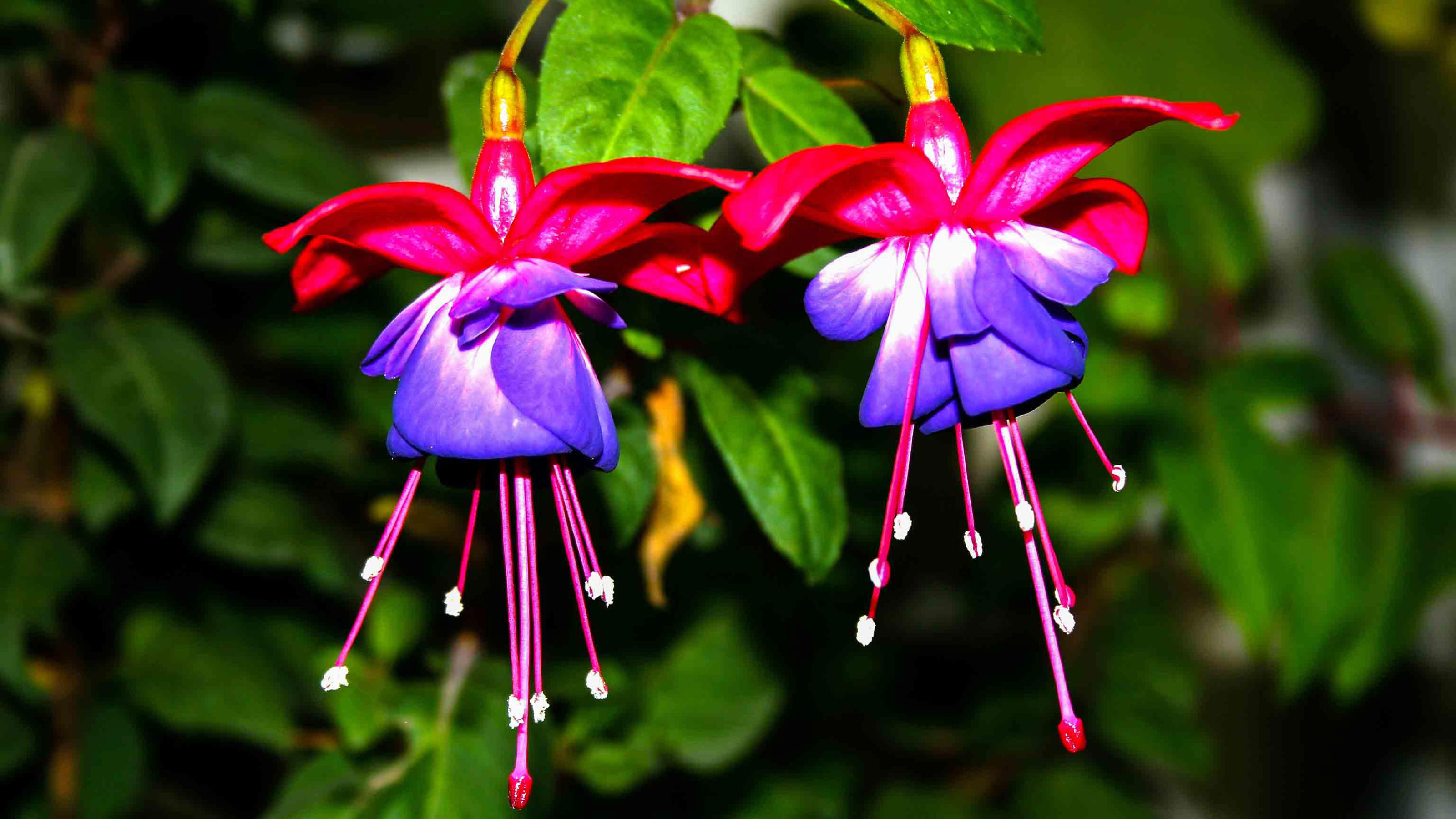
Deciding what to plant in May can be difficult – but for all the right reasons because now the weather is improving it gives you so much choice!
The end of the month should be reliably warm so most things can be planted out by then, but at the start of May we still have to be cautious of nocturnal frosts in some colder climates, so keep fleece to hand to throw over plants when very cold nights are forecast.
Most seeds can be sown directly into the soil now and perennials can be planted, though do remember to water regularly should we – and we can but dream – have a warm, dry summer.
So make finalizing your choice of what to plant when easier with our round-up of suggestions for your planting list for the month ahead.
10 suggestions for what to plant in May
By the time May draws to an end, temperatures should be reliably higher, meaning we should be able to plant what we want.
Unless you live in northern climates or have a very exposed garden, you can start planting out tender bedding and less hardy perennials that were brought indoors for the winter, though in cooler areas it’s best to wait until the tail-end of the month.
Make sure you are hardening off plants properly before putting them out as they need enough time to toughen up so they are ready to face the uncertain weathers of the outside garden.
1. Helenium or 'sneezeweeds'
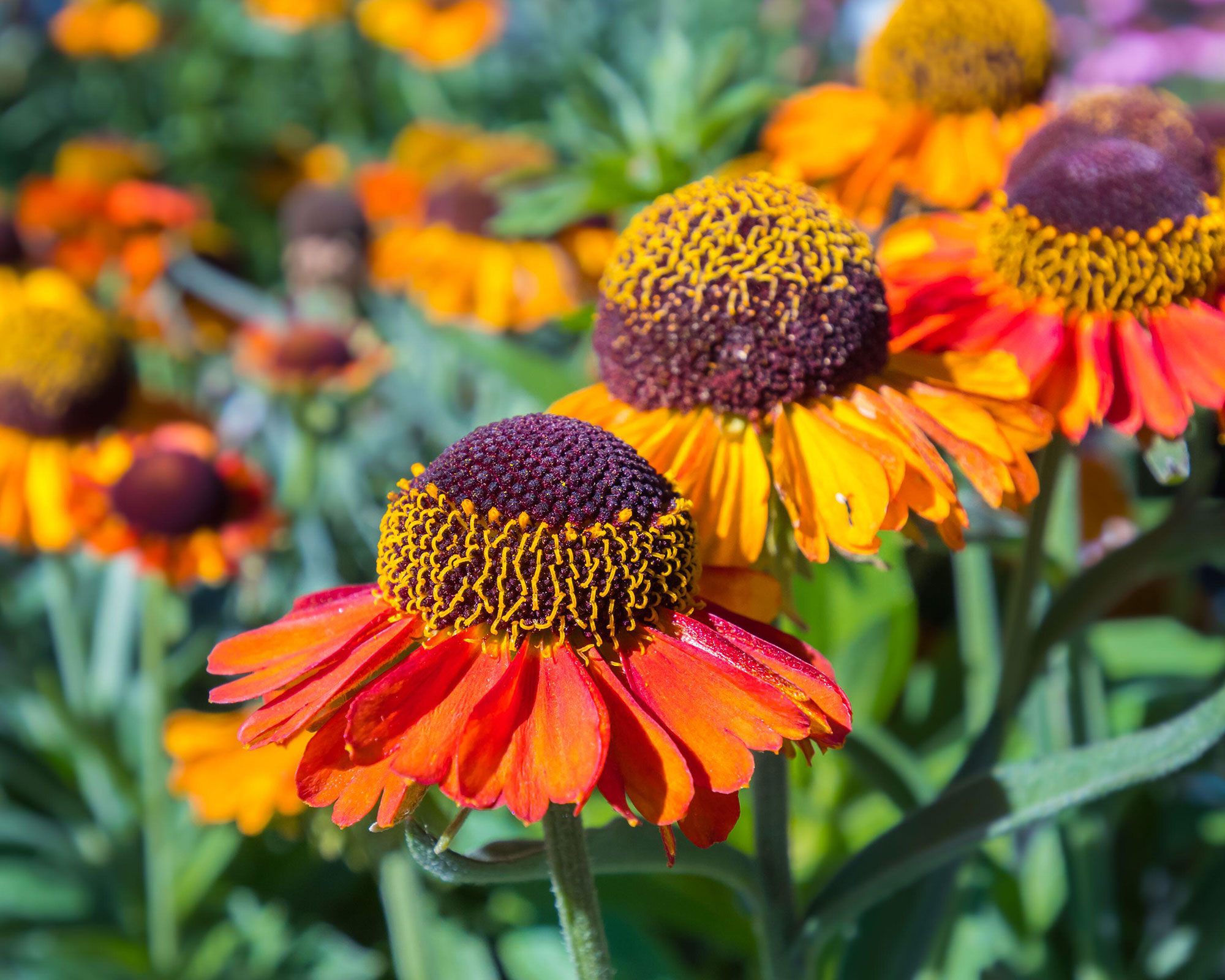
When we think about what to plant in May we often think about the high summer months when we want the garden to be at its peak. But we should also be thinking about the tail-end of summer and fall, when many plants start to fade and the garden runs the risk of looking a little sad.
Filling this colour gap isn’t difficult, as all dahlias will be in their prime and with the right care, summer bedding will still have plenty of oomph left.
One variety that I think is a must for your autumnal patch, however, is Heleniums, also delightfully known as sneezeweeds. They produce daisy-like flowers with hearty centers in burnished shades of gold, orange, yellow and red, make excellent cutting garden flowers and are a perfect end-of-season food source for pollinators.
For the best results, their favourite soil type is fertile and free-draining in a sunny spot. They also need watering and feeding regularly for the best results. Heleniums are an easy perennial plant to propagate by dividing, so do this every few years when clumps get too big.
Top tip: Heleniums look glorious planted in a ‘prairie style’ border with ornamental grasses, echinaceas and red hot pokers.
2. Hostas
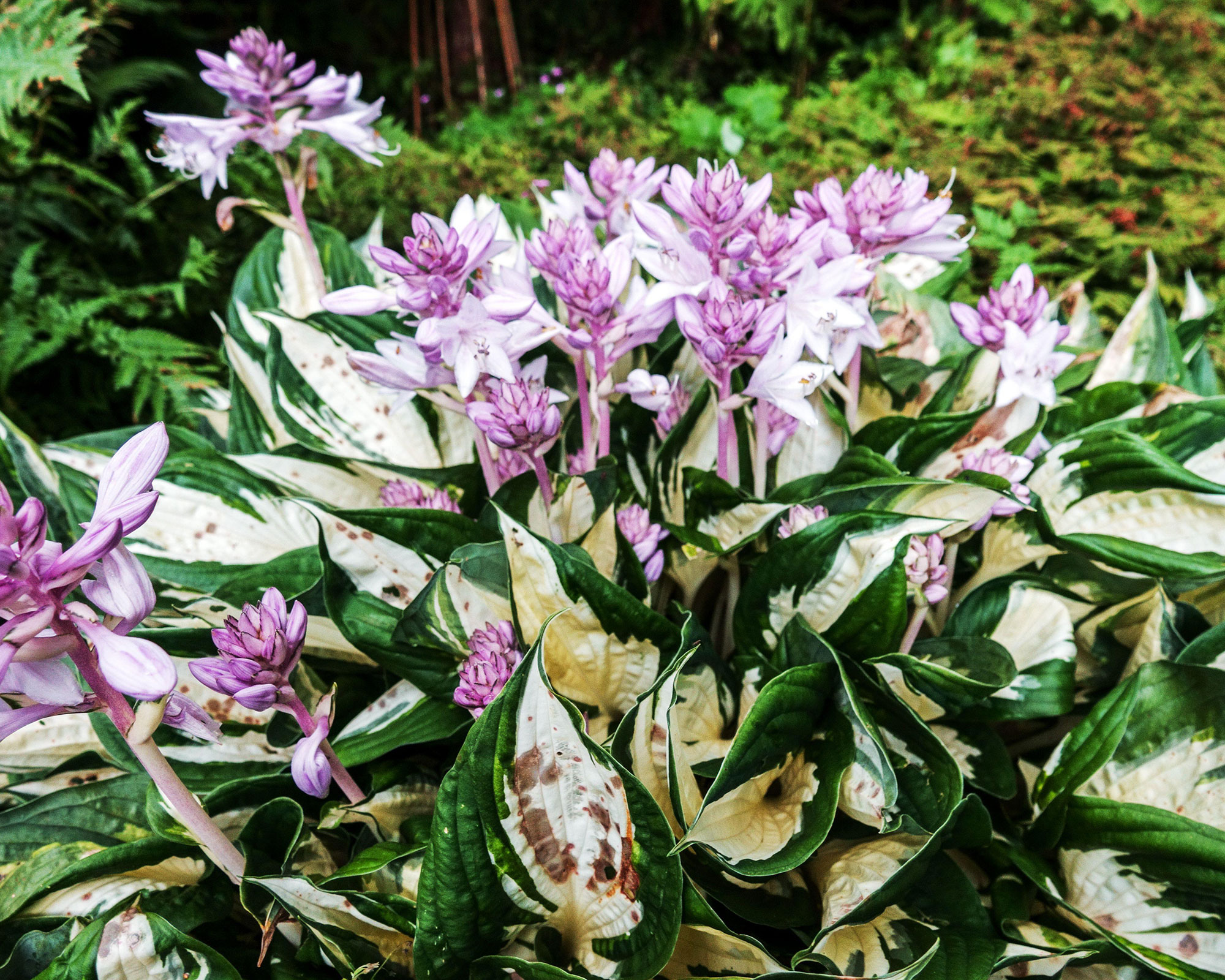
If your garden has shady areas that need illuminating, why not pop in a hosta or two? Yes, they can be a magnet for slugs and snails (and we have plenty of eco advice on how to get rid of slugs to help you keep your plants safe) but they are also beautiful, their leaves either plain green, ribbed, variegated or blotched with grey-blues and acid greens.
For once, the flowers are not the plants’ main selling point, but when they do emerge they appear as eye-catching mauve or white trumpets. Hosta flowers are often sweetly scented too, though not usually regarded as one of the best fragrant plants available.
Size is no problem, as miniature varieties such as ‘Blue Mouse Ears’ or ‘Pandoras Box’ grow well in garden planters and if you do have a serious slug problem, try a resistant variety – ‘All that Jazz, ‘Big Momma’ and ‘August Moon’ are three that have no truck with molluscs!
Hostas are one of the most popular shade-loving plants, and will do well when planted under trees. They like soil that has been enriched with mulch and do remember to keep them well-watered. They are best avoided if you have thin sandy soil and an exposed garden.
Top tip: Hostas are fully hardy but die right back in winter, emerging again in spring. Large clumps can be divided in autumn or spring.
3. Passion flower
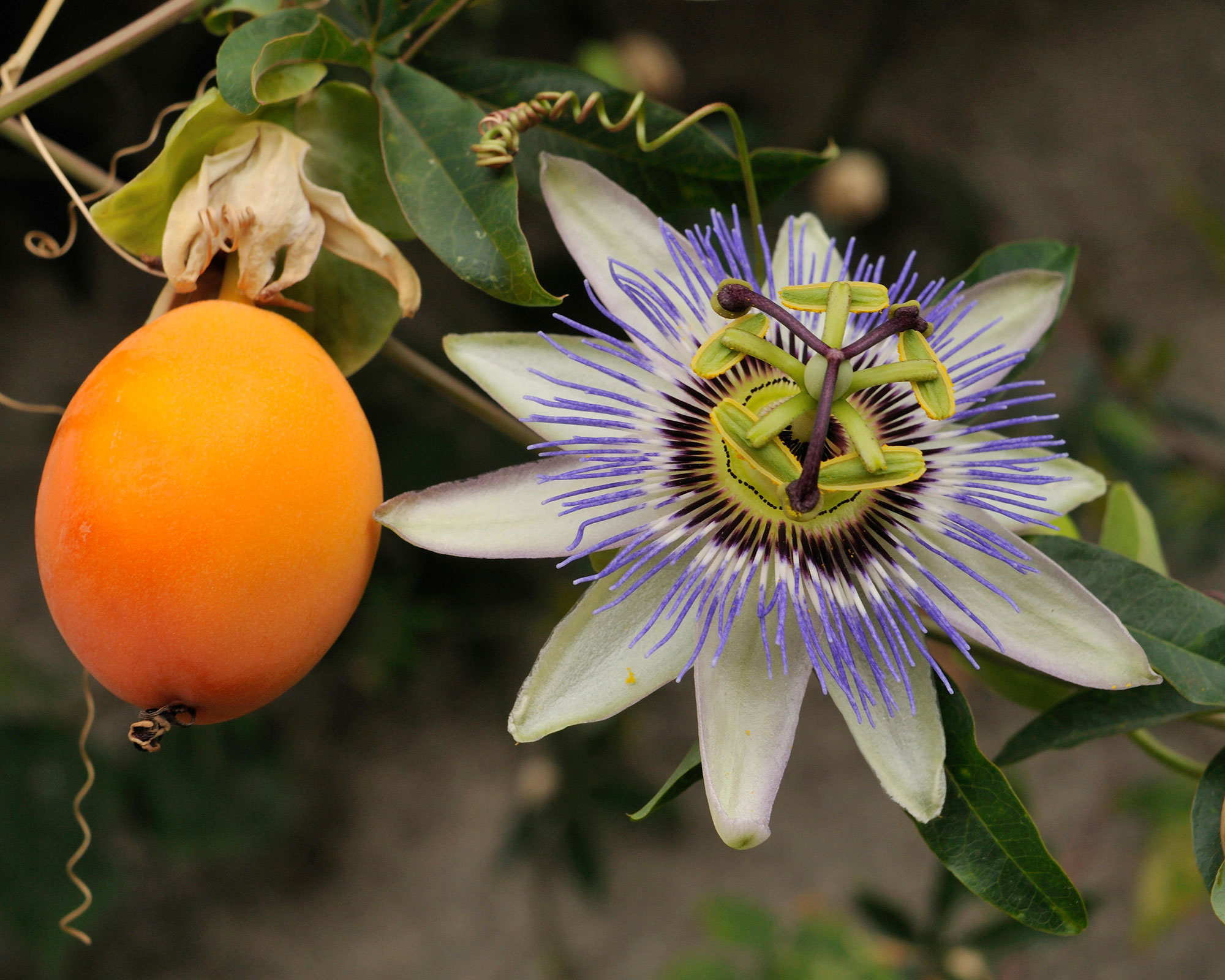
If you want a lot of bang for your buck when thinking about what to plant in May, why not try growing a passion flower to add interest and cover a fence or wall?
We used to have one climbing up the front of our previous house and it was a glorious plant, producing exotic flowers, named after the passion of Christ on the cross, in summer followed by edible, but not particularly delicious, orange fruits in autumn.
Passion flowers are one of the most popular climbing plants. They are relatively low maintenance, and can be safely grown up walls as their roots are not far-reaching and won’t leach moisture from the foundations.
They are easy to care for – simply give a light prune after flowering and feed with a granular fertilizer in spring and mulch well in autumn. However, they are not reliably winter hardy so for the best results plant them in a sheltered site that gets lots of sun.
Top tip: Passion flowers grown from seed can take up to 10 years to flower so if you want to propagate, take cuttings from plants instead.
4. Coleus
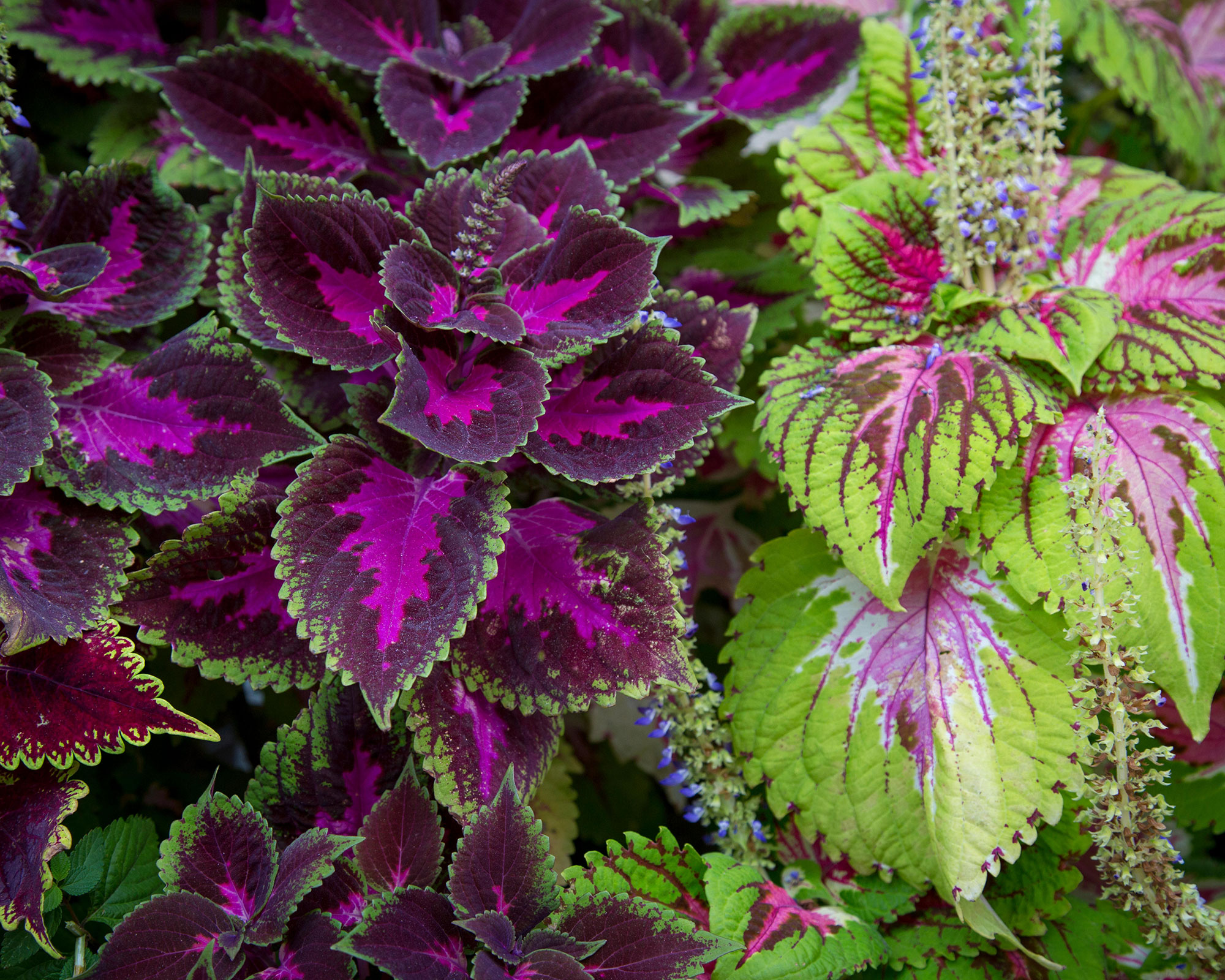
Sometimes it is easy to find the incessant flowers of summer bedding a little bit sickly sweet, so one solution is to break it up by planting some coleus.
Also known as solenostemon or painted nettle plants, they are one of the best foliage plants to add to the garden thanks to their leaves that come in astoundingly mixed shades, ranging from the acidic yellowy greens to deepest burgundy.
A member of the mint family, they make interesting plants for container gardening ideas, they are worth adding to your exotic and tropical planting scheme ideas and can also be grown as indoor plants.
Coleus are not hardy so need to be sown and grown undercover. However, they are perennials – though usually treated as annuals – and can be successfully overwintered indoors.
Once they have been hardened off in summer, set them in a sunny spot, or somewhere with light shade, with fertile soil.
Top tip: Once in growth, pinch out the central tip to encourage bushy growth and fuller leaves.
5. Scented plants
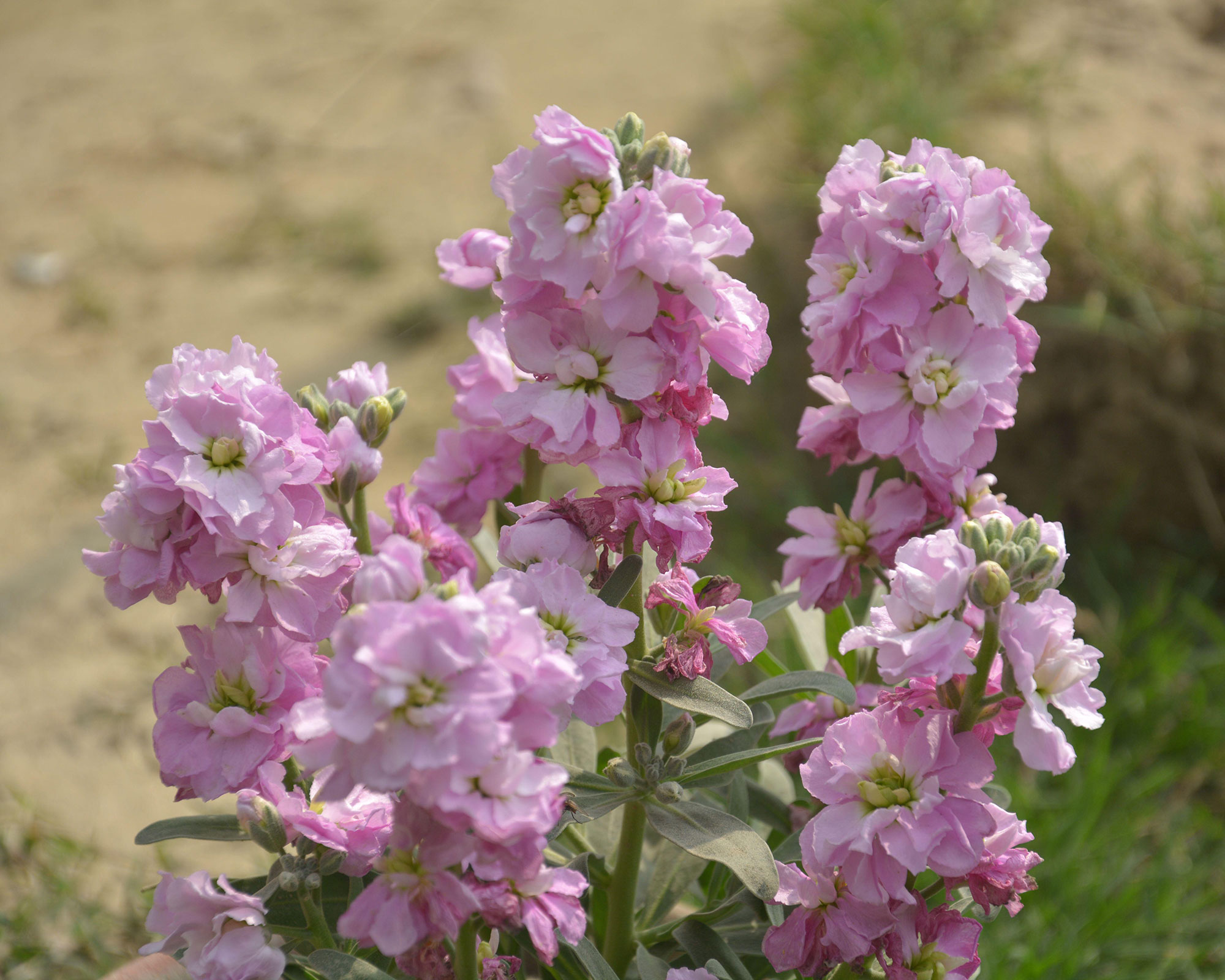
With sultry summer evenings just around the corner, your list of what to plant in May should really include adding some nocturnal scent to your garden.
Evening-scented plants release their perfume as dusk falls as they are designed to be pollinated by nocturnal insects. Many of them are also pale in color so they show up well under garden lights.
They include the pink biennial sweet rocket that produces large clusters of pink flowers, night phlox and border phlox and night-scented stock. Lilies are also renowned for their perfume and the white trumpets of the regal lily (Lilium regale) produce their heady scent after dusk.
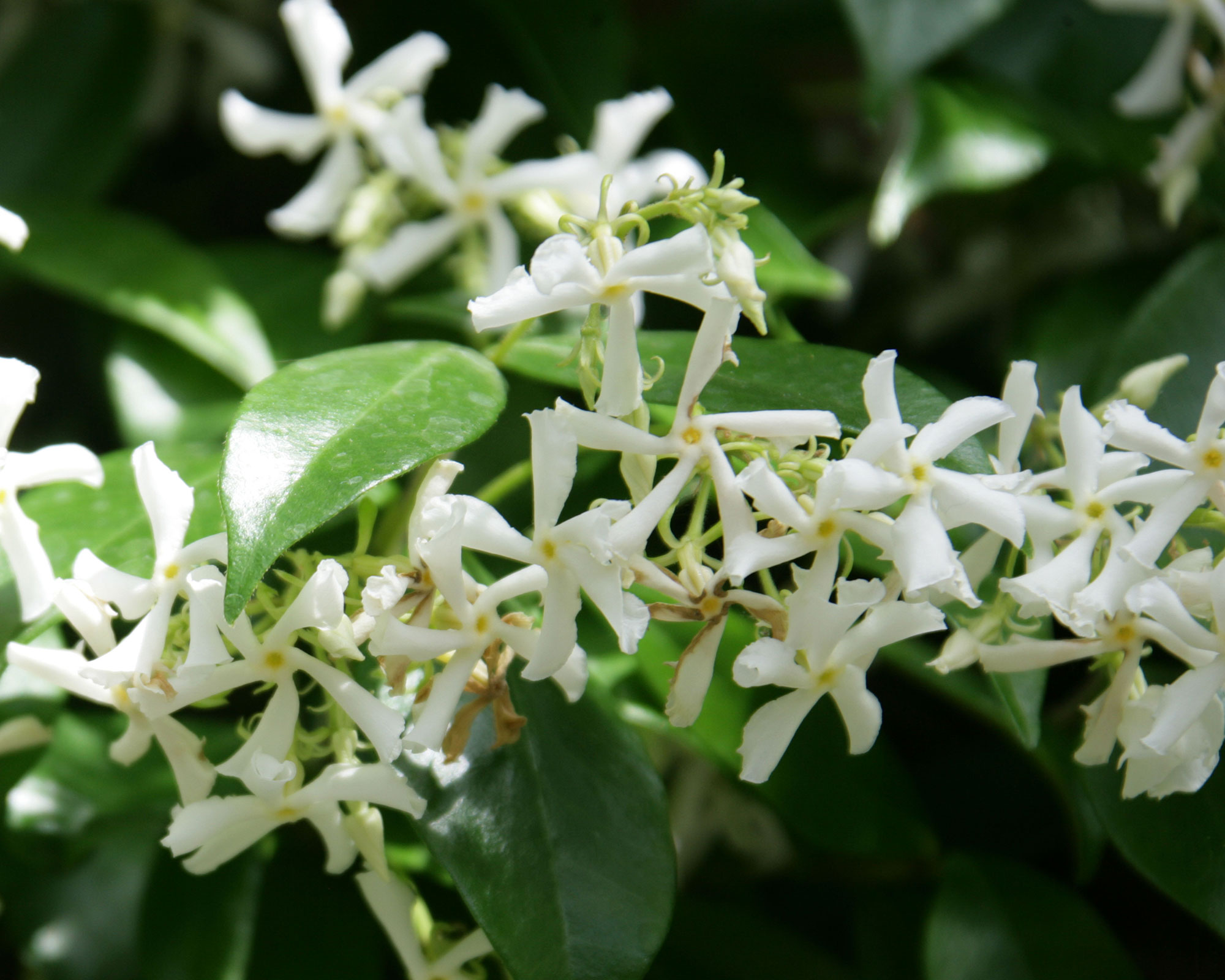
Several climbers also release their perfume in darkness, including wisteria, star jasmine (Trachelospermum jasminoides) and, of course honeysuckle.
Grow them close to areas where you sit at night and enjoy their delicious scents.
Top tip: Night phlox is not reliably hardy so is best grown in containers so it can be moved undercover in winter.
6. Fuchsias
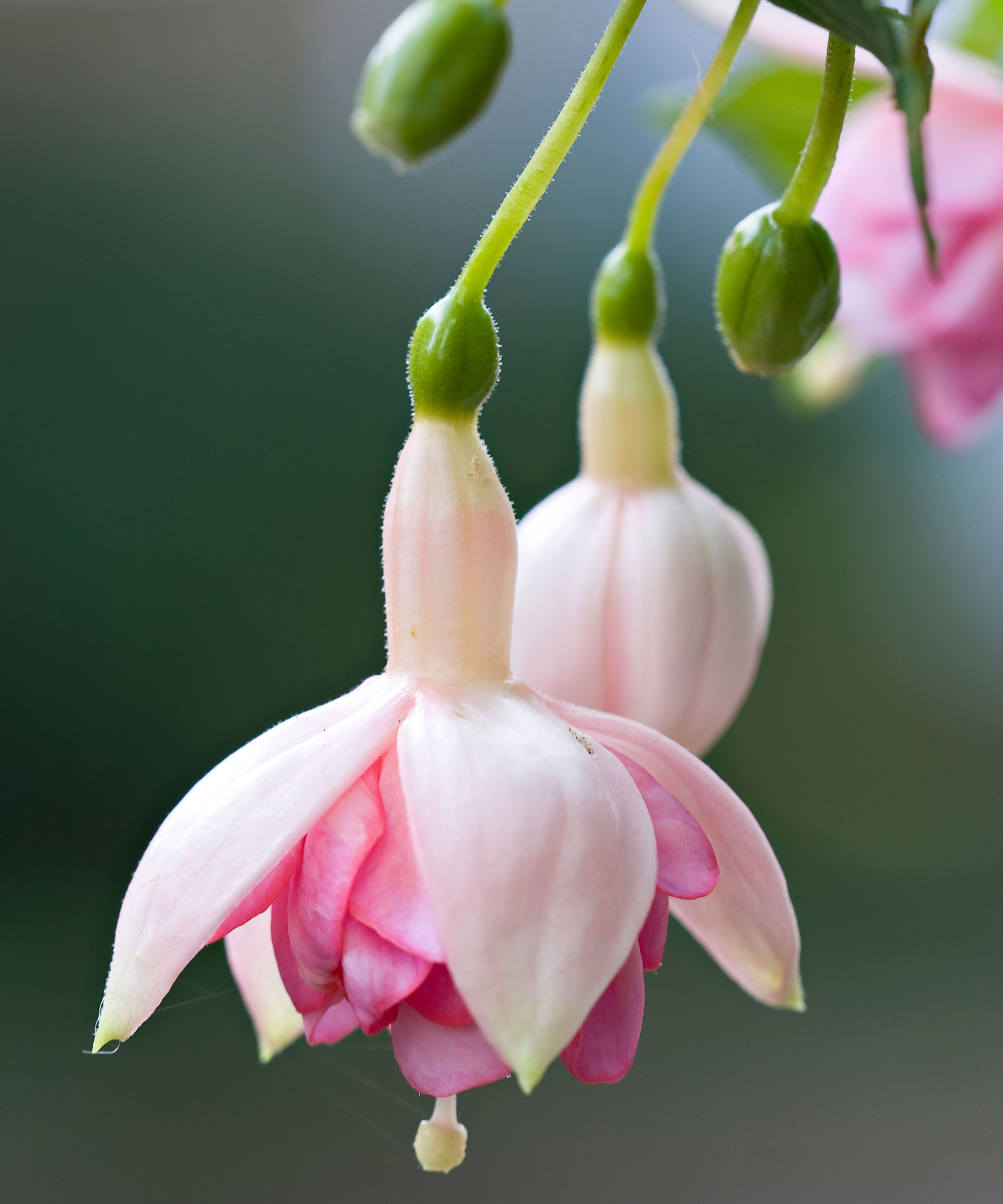
Fuchsias never go out of fashion and it's easy to see why. There are so many varieties, with jolly skirt-shaped flowers in a multitude of shapes and shades.
If you want pared-back and simple, clean lines, then there’s a fuchsia for you to plant in May. If you are after something much more flouncy and eye-catching then yes, there’s something for you too!
Fuchsias originate in South America and while many are hardy, a lot of those sold as summer bedding won’t tolerate cold winters so should be either grown in pots so they can be moved somewhere frost-free in autumn, or grown as annuals and discarded after summer.
You can also get trailing varieties that are one of the best plants to include in your hanging basket ideas and all varieties sit well in summer patio pots.
If you are wondering how to grow fuchsias, they all appreciate a sunny spot, or somewhere with light shade, and free-draining, fertile soil. Avoid places with full sun in the height of summer as they can cause scorching, and grow them out of windy sites as you risk losing all the flowers.
Top tip: Wait until the end of the month when the risk of frost has passed before planting out half-hardy fuchsias.
7. Biennials such as foxgloves, aquilegia and wallflowers
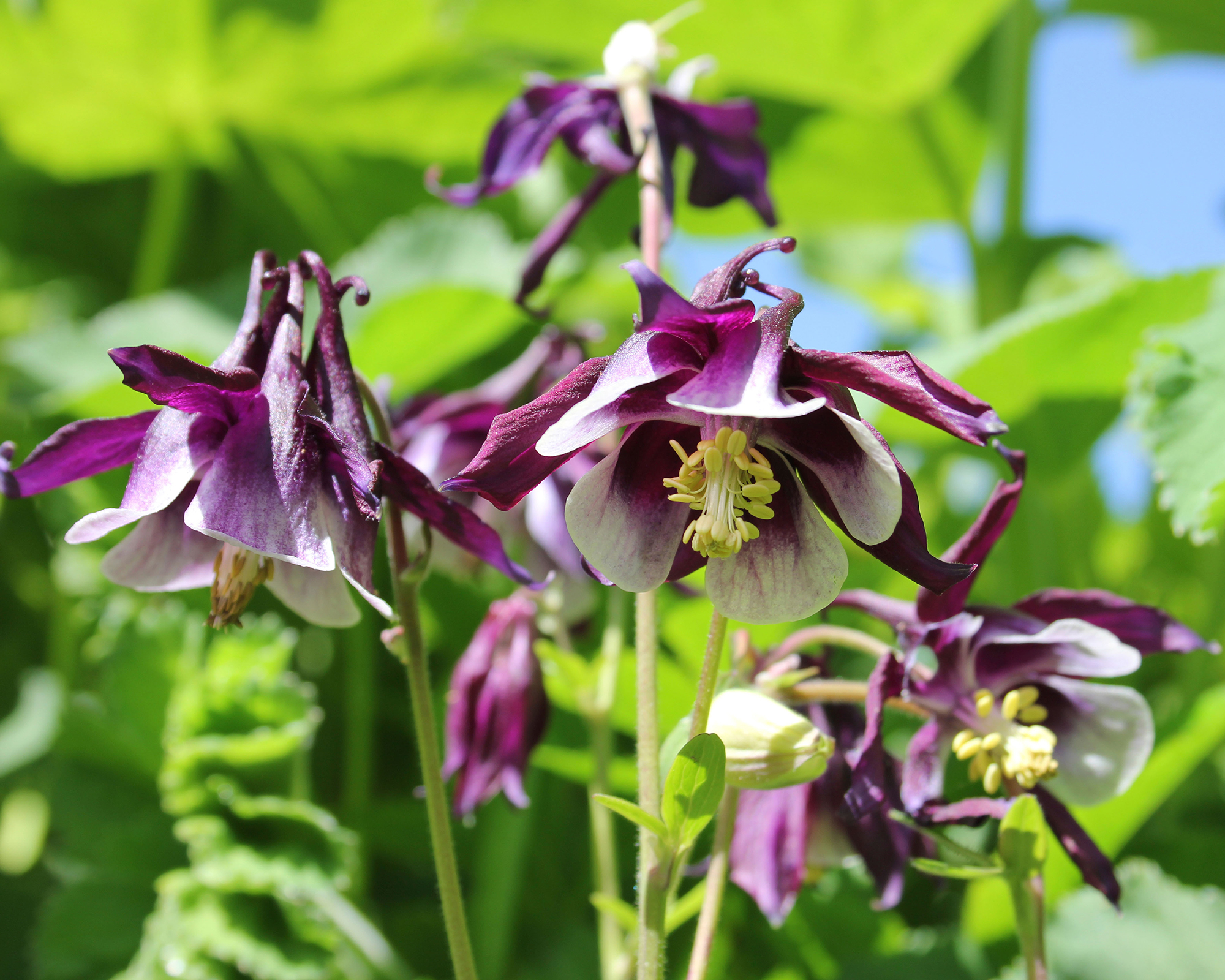
Biennials are plants that are sown and grown one year, before they go dormant in winter then spring back to life in their second year to flower, set seed and die.
They include honesty, sweet rocket, foxgloves, night scented stock, aquilegia, vipers bugloss and wallflowers.
Factor these beautiful plants into your flower bed ideas and plant the seeds now undercover, growing them in your greenhouse or cold frame. They will then be ready to plant out in late summer or early fall when the soil is still warm, and will give you a splendid show next year.
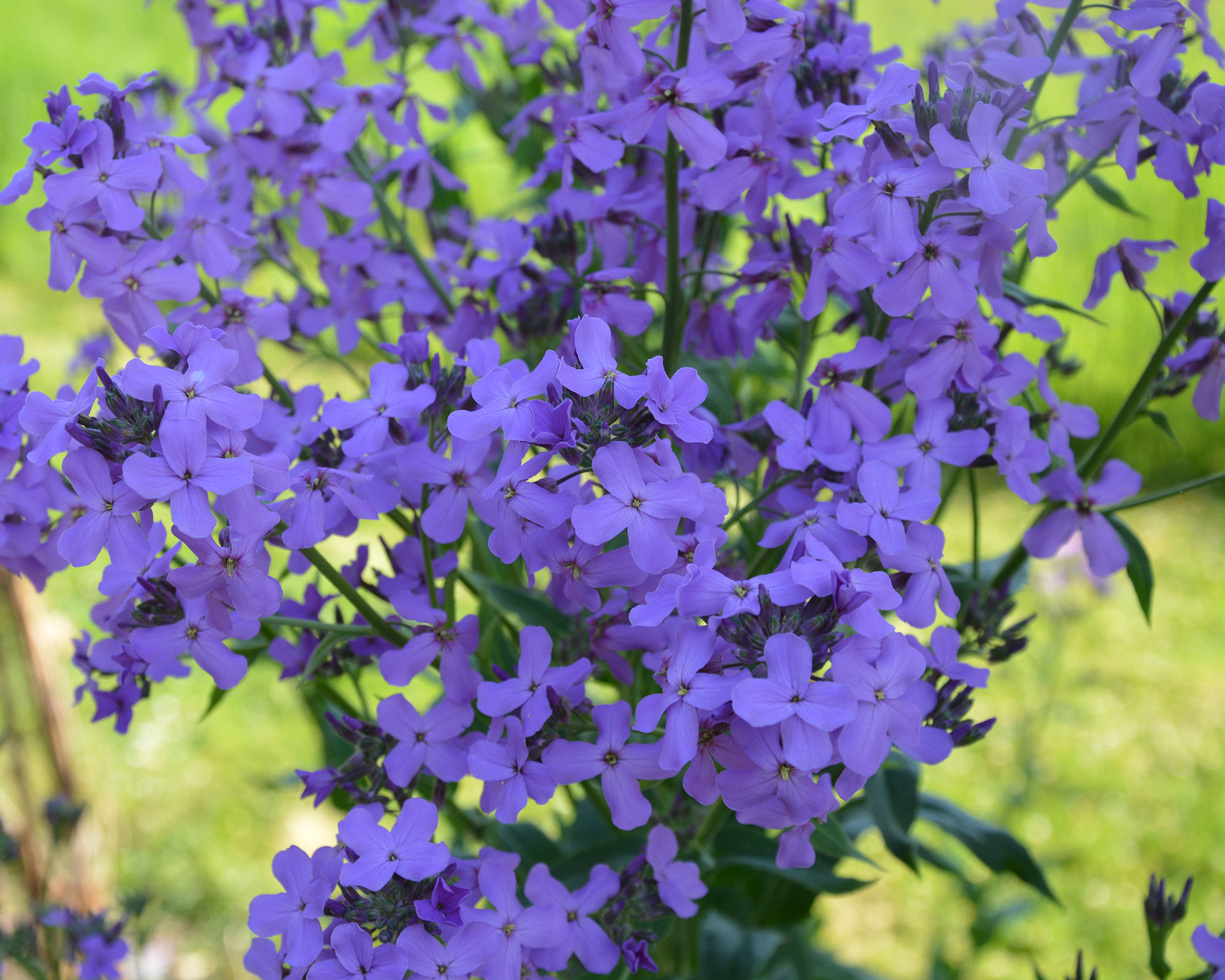
Nigella is a hardy annual that is often sown directly into the soil in autumn and treated as a biennial. Most others give the best results when sown in trays of seed compost and nurtured in the greenhouse until they are large enough to plant out.
Top tip: Always sow honesty directly where you want it to grow as the seedlings quickly develop deep tap roots and don’t transplant well.
8. Lavender
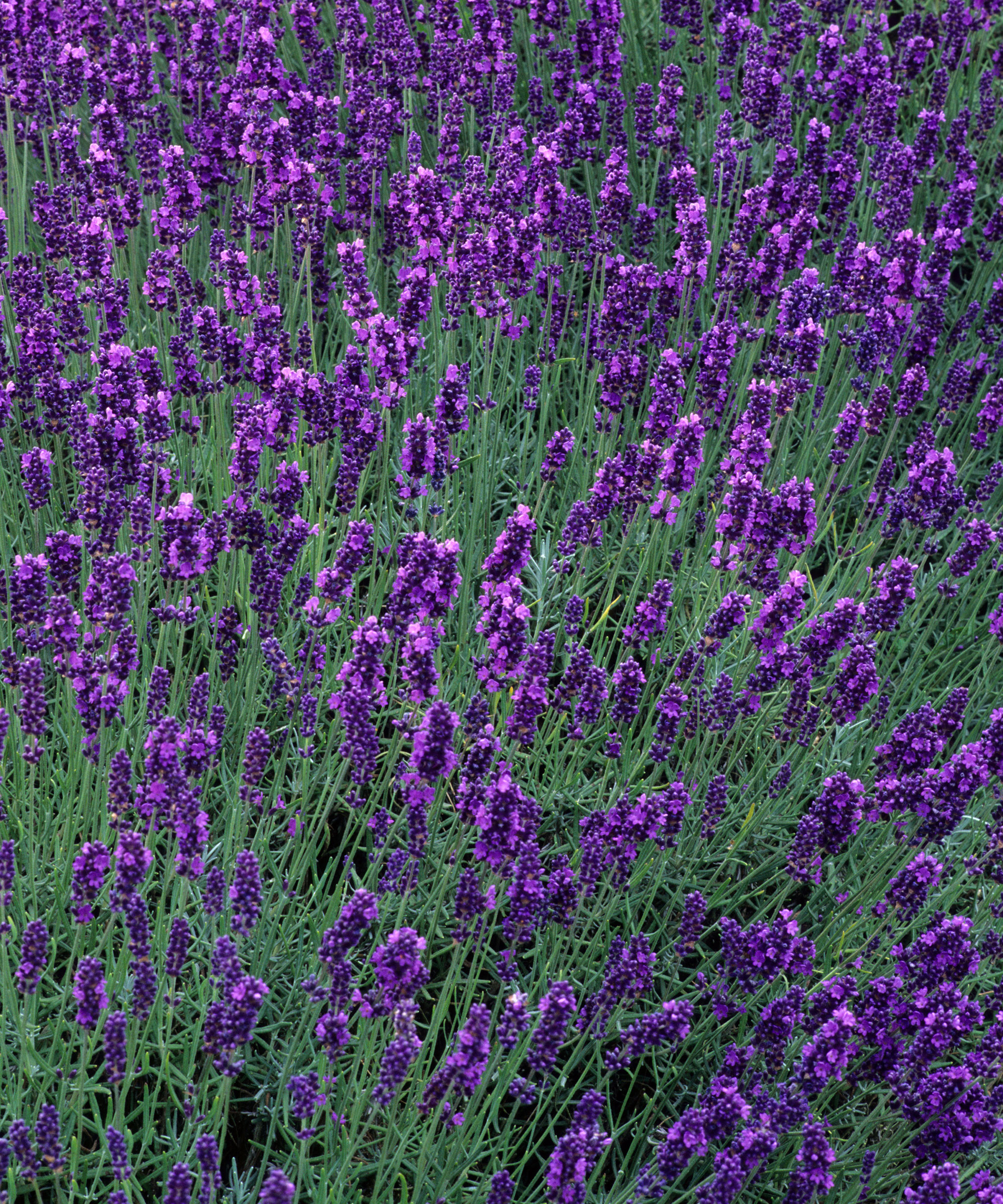
Once seen as a bit ‘fuddy duddy’ and matronly, lavender is very much back en vogue – and rightly so. These easy-going plants fit perfectly into a Mediterranean garden scheme and are incredibly versatile and low-maintenance, flowering in a variety of shades from darkest blue to white, all offset by attractive grey-green leaves.
They are tough plants too, happy in poor soil and therefore ideal for less-able gardeners who may have trouble with watering.
If you're thinking of landscaping with lavender, it looks stunning in gravel gardens, but not out of place in traditional cottage gardens.
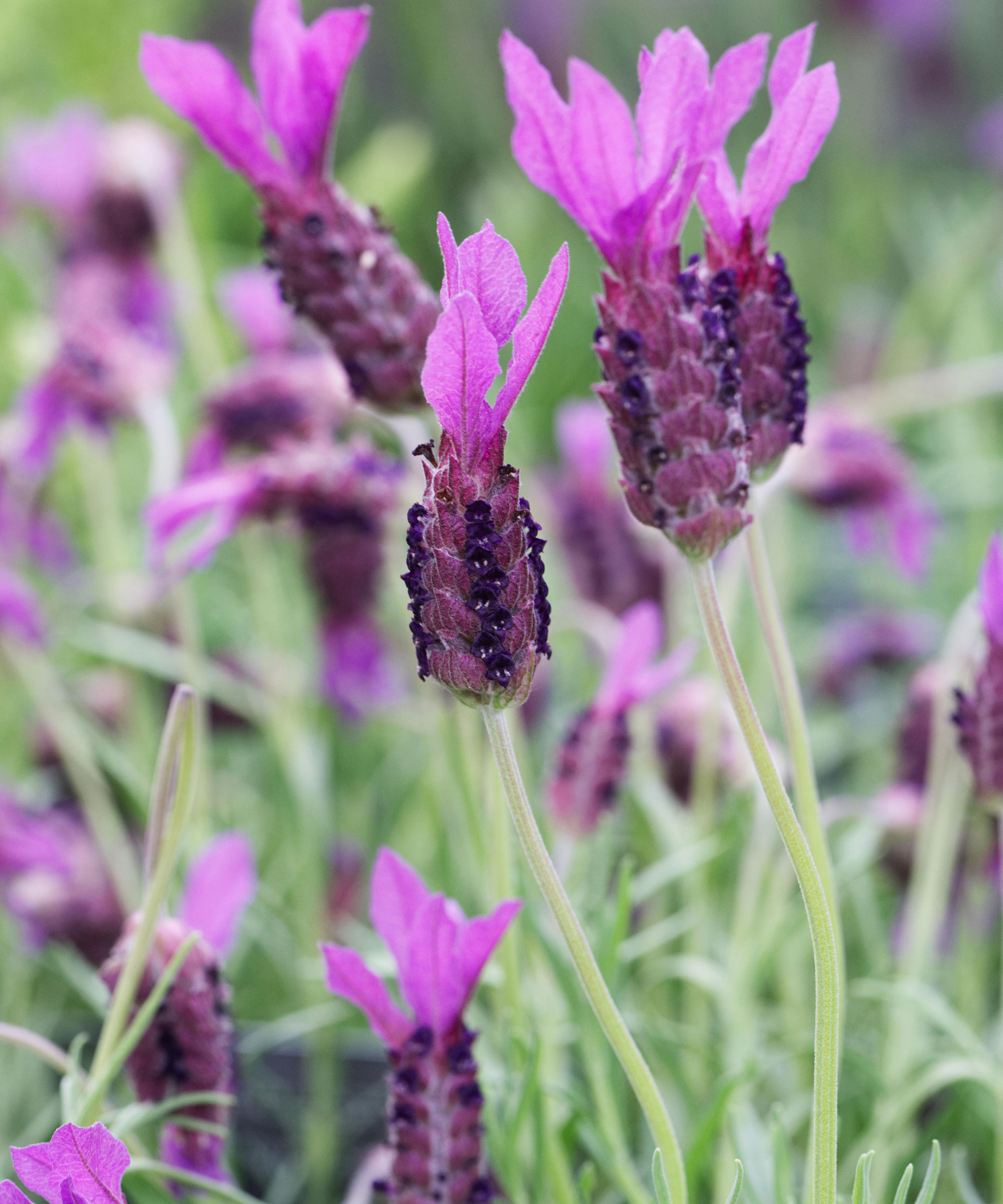
The two main varieties that are ideal to plant in May are English, with masses of small flower heads, and French, which has larger flowers topped by a tuft of petals.
They like free-draining soil and the French varieties are best planted in containers so they can be moved undercover in winter as they are less hardy then their English cousins.
Top tip: Lavender is one of the many garden plants that are great for drying, either for use in an arrangement or to scent drawers and clothes. Cut stems just before the flowers are fully open, then hang them upside down in bunches. When completely dry, either rub the stems between your hands to loosen the flowers or keep them intact to use in flower arrangements.
9. Pelargoniums
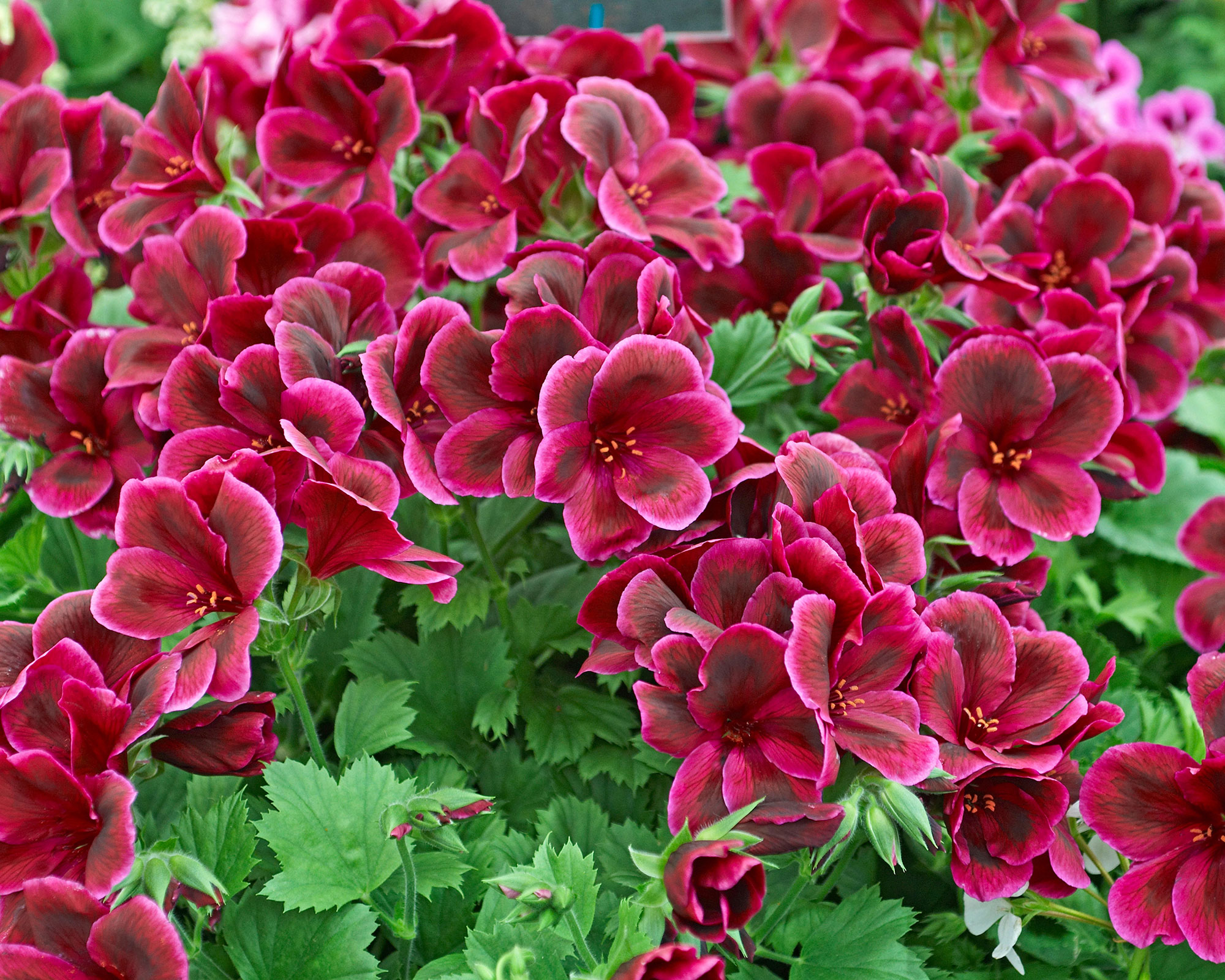
Who doesn’t love a patch of pellies in their garden? These ubiquitous summer bedders that are as suitable for planter box ideas and hanging baskets as they are for adding to garden border planting ideas, come in a wide range of colors, from white to scarlet and all shades of pink in between.
Some have scented leaves, others have patterned foliage and they all make a fabulous summer splash in borders and containers.
Although they are tender they are worth considering when thinking about what to plant in May, though in colder areas I would wait until the end of the month, because they will still turn up their toes after a late frost.
Most varieties love full sun, though Regal and Zonal cultivars prefer some shade. Pelargoniums can survive with little watering – certainly don’t overwater any growing in pots – but they will thank you for a regular feed with a high-potassium liquid tomato fertilizer to keep the flowers coming.
Pinch out the shoot tips after planting to encourage bushy growth and make sure they have good ventilation as the fleshy leaves are vulnerable to mildew and tots.
Top tip: Take softwood cuttings in late summer in case the parent plants don’t make it through the winter.
10. Annuals
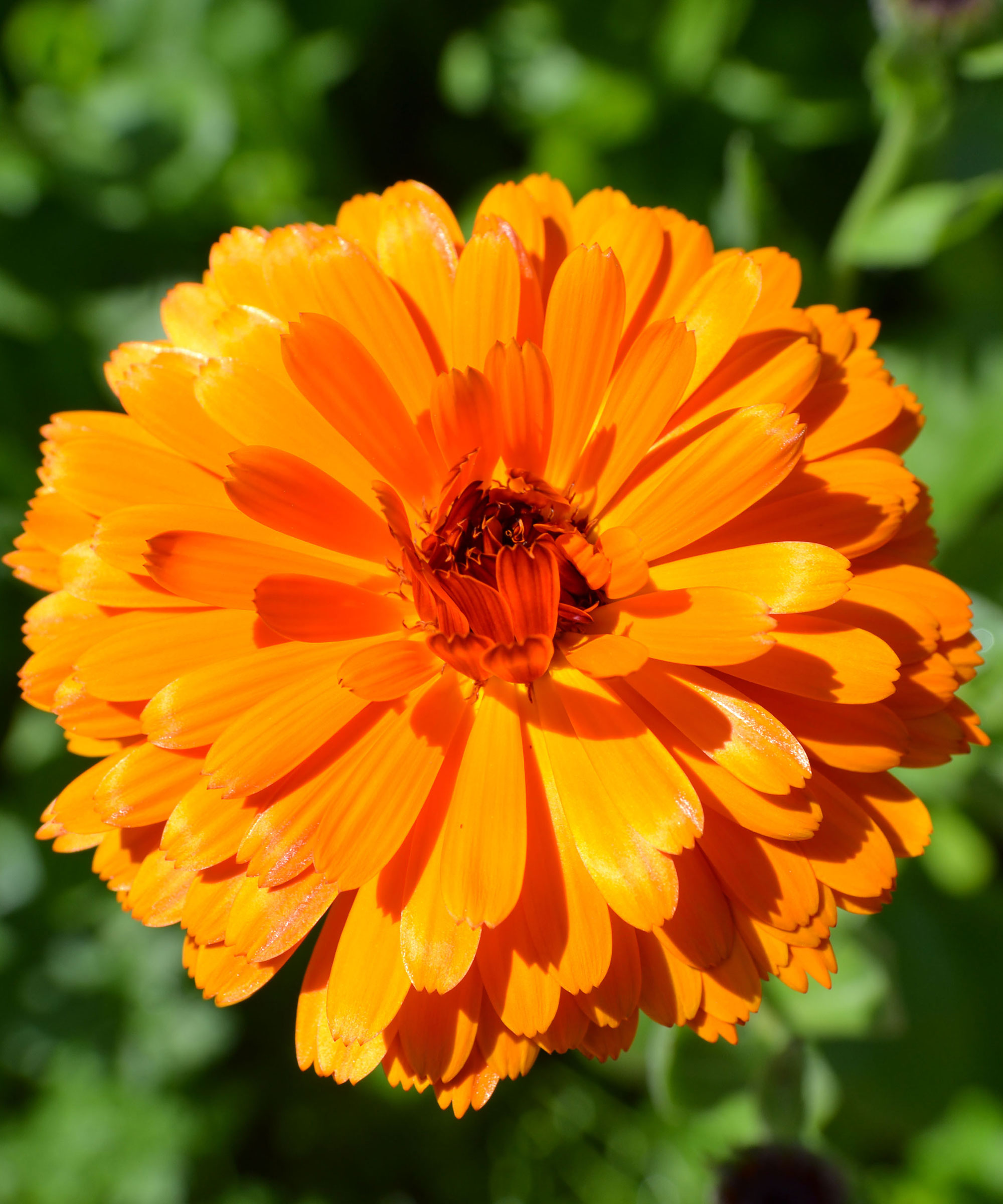
If you need something speedy to sow in time for a special summer event, or just to fill some border gaps, low-maintenance annuals are your go-to option.
Sown now, when the soil is warm and damp, they will germinate and hopefully even flower by midsummer. Sunny calendulas, nigella with its host of colors and elegant, delicate foliage, cornflowers, annual poppies, and cheery California poppies can all be started now to flower this summer and fall.
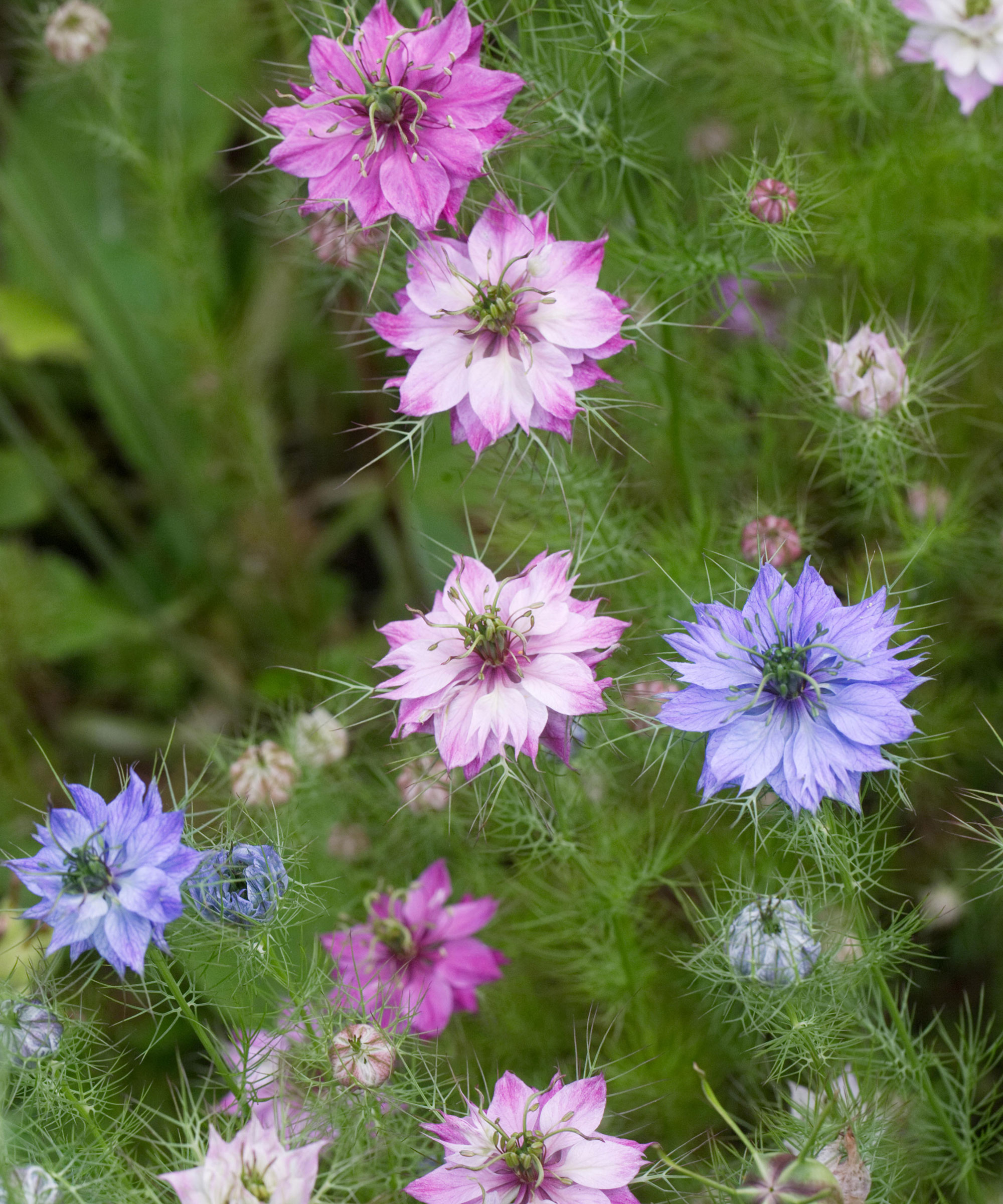
To grow flowers from seeds, prepare a seedbed by raking the soil to break up large lumps, then dampen with fresh water before scattering the seeds as thinly as possible.
Cover with a little more soil, label the area and puff some pepper dust over the top to keep off pests and cats wanting to use it as a litter tray. If seedlings appear too close together you can thin them by hand.
Top tip: Many hardy annuals self-seed freely so remember to collect some seeds in autumn to sow where you want them to grow.
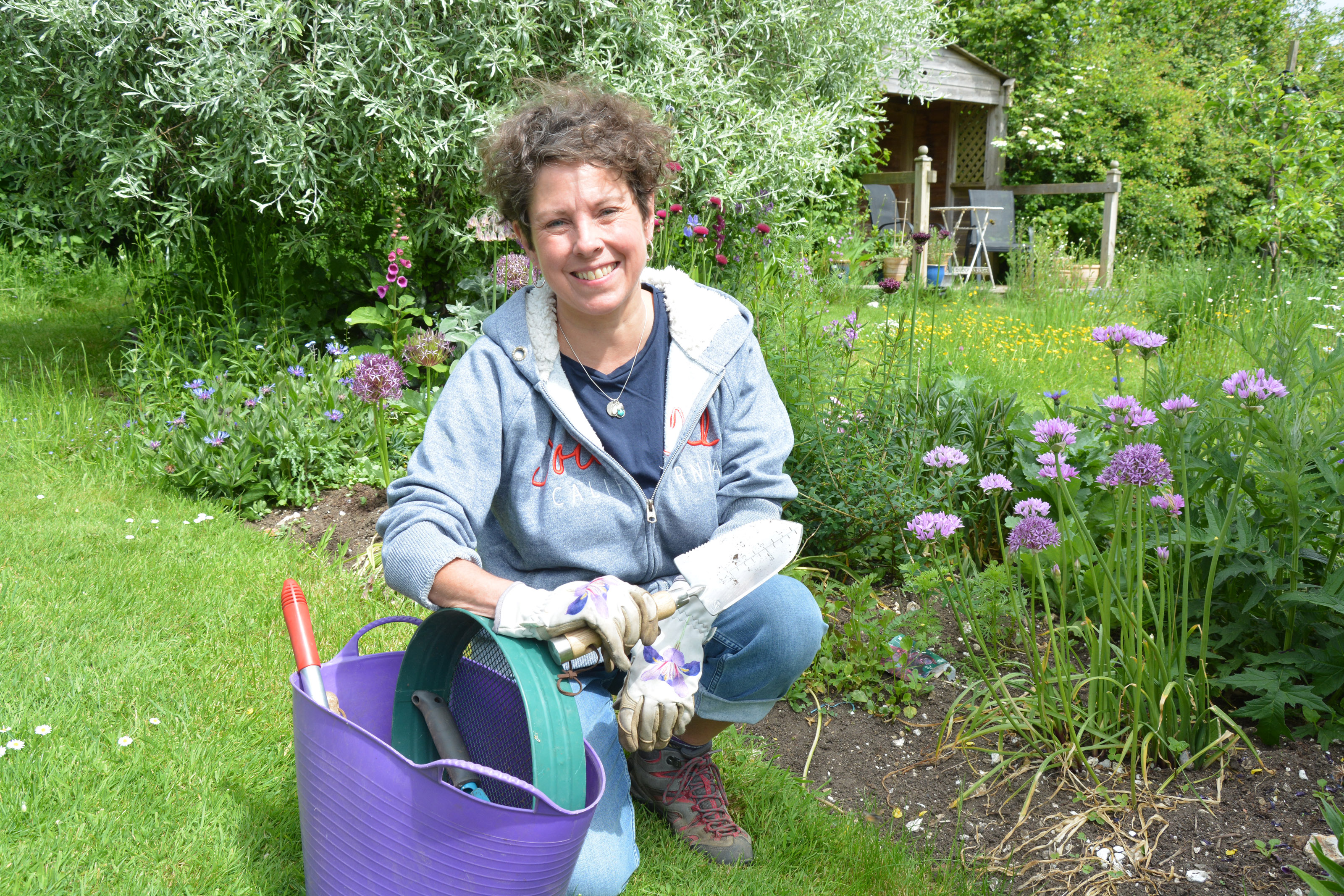
Ruth is the gardening editor of Amateur Gardening magazine and spends her working days carrying out, writing about and photographing the tasks the readers should be carrying out each week, as well as testing many of the new products that arrive on the gardening market. She is horticulturally trained, with a qualification from the Royal Horticultural Society.
